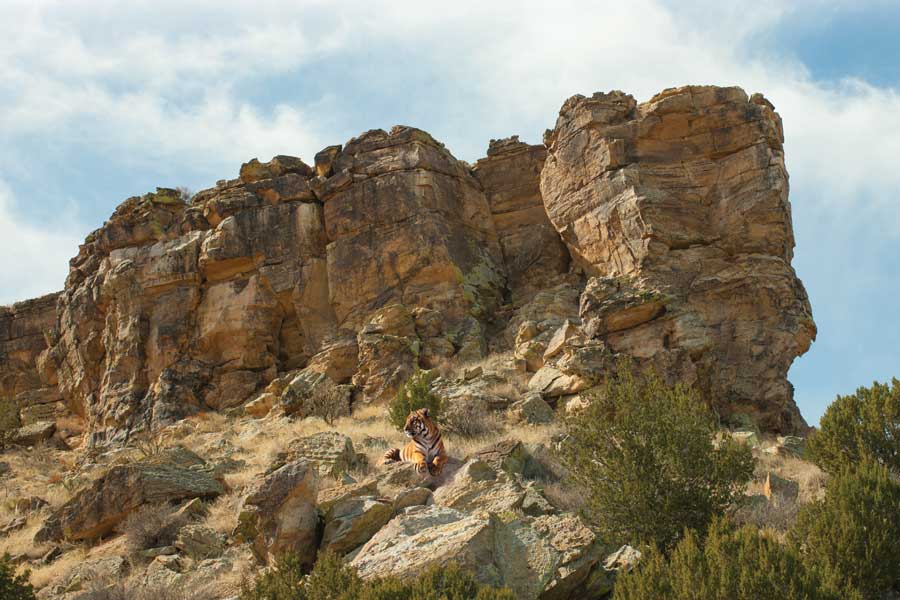Wild Animal Sanctuary and the New Refuge
02 Sep 2018
Land in southern Colorado will add an additional 9,000 acres
Boulder native Pat Craig is the executive director of the Wild Animal Sanctuary in Keensburg, Colo., which is now the biggest sanctuary for large carnivores in the world. When he was a teenager, a career working with the animals he loved didn’t seem possible. “Growing up on a farm, I always loved animals,” says Craig. “Back then, your career choices for working with animals, besides farming, were to work at a zoo or become a vet, and I didn’t have the money to go to vet school.” A friend invited Craig to visit a zoo where he worked. This behind-the-scenes tour led Craig to discover a term that would change his life: “surplus tigers.” The zoo had tigers for display, as well as “extra tigers,” which, unless they could be sold, were doomed for euthanasia. The fate of these beautiful animals gnawed at Craig, so he called the Denver Zoo, only to learn that it had its own surplus tiger issue. Undeterred, Craig created his own facility for these unwanted animals. That was no small task. There were zoning challenges to overcome and licenses to obtain. But then- 18-year-old Craig pressed on. He built a fence on his family farm and began writing letters to zoos across the country, offering a home for excess tigers. When zoos responded to his letters, he drove across the country picking up refugee carnivores.












